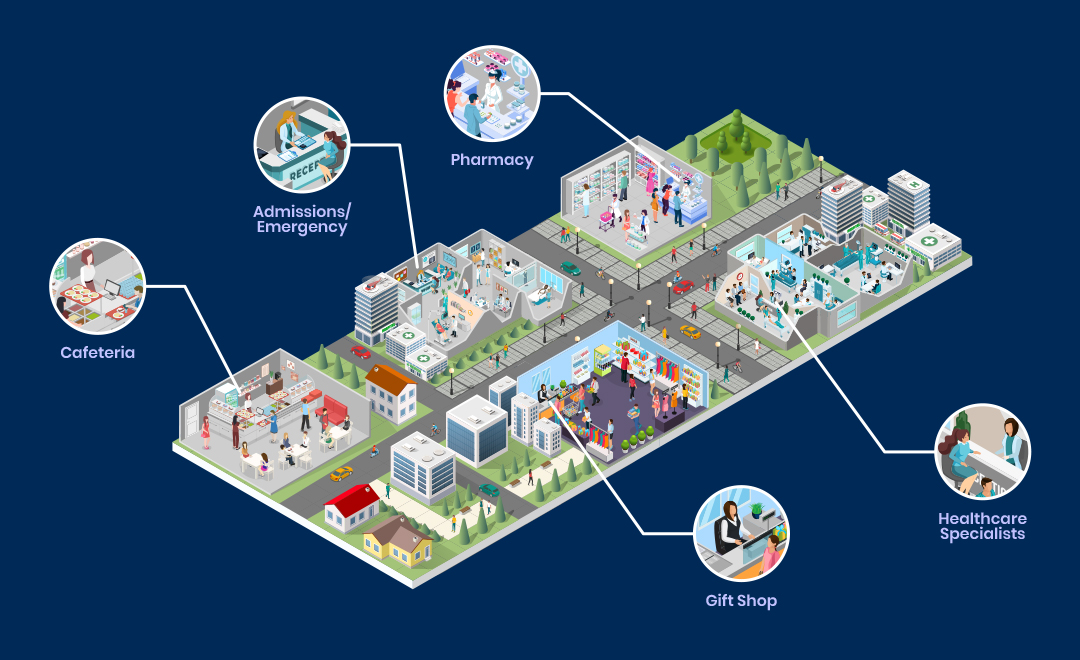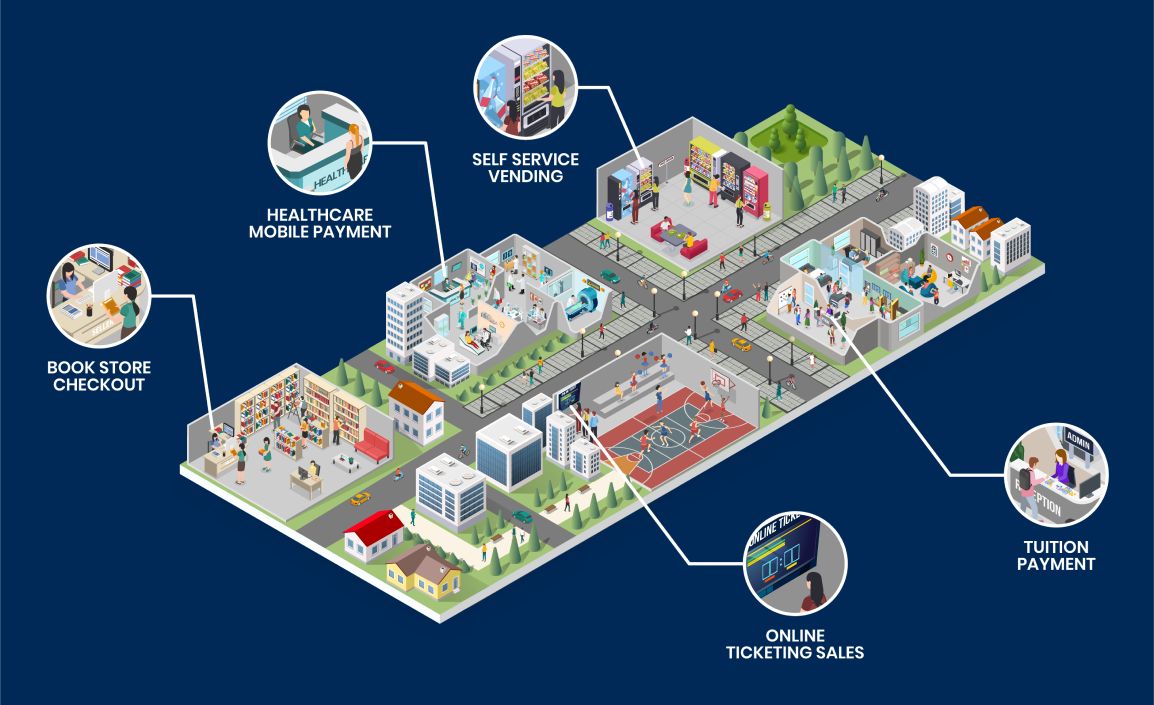In today’s fast-paced digital world, customer service has become a critical differentiator for businesses across industries.
And nowhere is this more evident than in payment processing, where efficient, reliable, and responsive service from payment processors can make or break a merchant’s success.
Payment processing is highly competitive, with hundreds of gateways, payment facilitators, and acquirers vying for software provider business and merchants.
According to PwC, in the U.S., even when people love a company or product, 59% will walk away after several bad experiences, and 17% after just one bad experience.
These statistics highlight the importance of customer service in payments, where seamless transactions are not just expected but essential for maintaining trust and loyalty.
How Many Customer Service Touchpoints are in Payment Processing?
A lot.
Customer service begins long before a transaction is ever made. The journey starts with the initial merchant application process, where payment processors must provide clarity and guidance so that merchants can make informed decisions. This is the first opportunity to set expectations and build a relationship based on trust. Payment processors must ensure that this initial interaction is smooth, informative, and supportive.
Once a merchant decides to move forward, the onboarding process becomes the next critical touchpoint. This phase involves setting up the merchant’s account, integrating the payment processing system, and providing necessary training.
During onboarding, customer service teams should focus on clear communication, timely responses, and proactive problem-solving. The smoother the onboarding process, the quicker the merchant can begin accepting payments, which directly impacts their revenue and customer satisfaction.
After the merchant goes live, ongoing support becomes a vital aspect of customer service. Issues such as transaction disputes, chargebacks, and technical glitches are inevitable – but how these are handled can make or break the relationship. Prompt, knowledgeable, and effective support is essential to resolving these issues and ensuring the merchant’s operations run smoothly.
Additionally, customer service should be proactive and not reactive. It should involve regular check-ins to offer system updates, new features, and optimization suggestions, demonstrating a commitment to the merchant’s long-term success.
What Are the Top 5 Best Practices in Payment Processing Customer Service?
For payment processors, serving software providers and their merchants effectively requires a combination of technical expertise and exceptional customer service. Here are some best practices to consider:
Proactive Communication:
Regular updates and proactive communication can prevent misunderstandings and keep merchants informed about any changes or improvements in the payment processing system. This includes notifying merchants of scheduled maintenance, new features, or potential issues before they arise.
Personalized Support:
Offering tailored support based on the merchant’s specific needs can greatly enhance their experience. This includes assigning dedicated account managers who understand the merchant’s business and can provide customized advice and solutions.
Availability:
Payment processing is a round-the-clock operation, and issues can arise at any time. Offering timely customer support ensures that merchants can get the help they need, whenever they need it.
Training and Resources:
Providing comprehensive training and easy-to-access resources, such as video tutorials, FAQs, and detailed documentation, empowers merchants to resolve minor issues independently and optimizes their use of the payment platform.
Feedback Loops:
Establishing feedback mechanisms allows merchants to voice their concerns, suggest improvements, and share their experiences. This feedback is invaluable for continuously improving the customer service experience and refining the payment processing platform.
The Benefits of Payfactory's Embedded Payment Platform
For software providers, choosing the right payment processing partner is crucial to delivering a seamless experience for their merchants.
Payfactory offers a fully integrated solution that allows software companies to embed payment processing directly into their platforms. This seamless integration reduces friction for merchants, enabling them to manage their payments within the same environment they use to run their business. The result is a more efficient, streamlined process that saves time and reduces the potential for errors.
Payfactory’s commitment to exceptional customer service ensures that software providers and their merchants receive the support they need at every stage. From the initial integration process to ongoing support, Payfactory’s team of experts is available to assist with issues if they arise.
As software providers grow and their needs evolve, Payfactory’s payment processing solution can adapt to meet those needs without requiring significant changes or disruptions. This adaptability is a key advantage for software companies looking to expand their offerings and reach new markets.
Finally, Payfactory’s focus on security and compliance ensures that all transactions are processed in accordance with the highest industry standards. This commitment to security not only protects merchants but also enhances the reputation of the software providers who partner with Payfactory.
By focusing on key touchpoints, adhering to best practices, and choosing a reliable partner, software providers can ensure their merchants receive the best possible experience. Learn more about Payfactory’s embedded payment platform.












